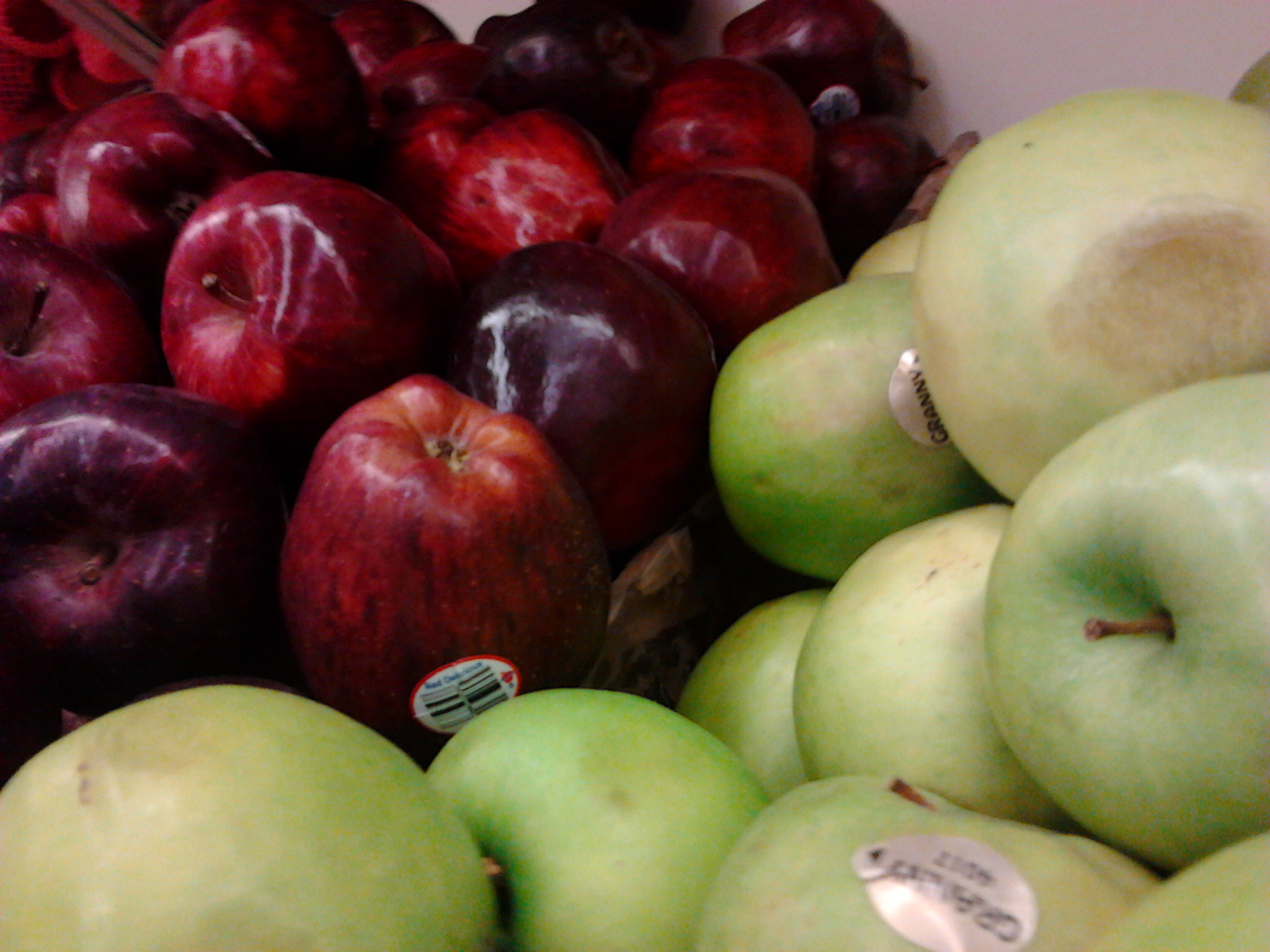We know that eating seasonally can lead to tastier, more nutritious meals. Eating seasonally means finding produce that is “in season” or at the peak of its crop. This usually makes items cheaper because they do not have to be transported from somewhere else where they are in season. This means that seasonal items vary depending on your location and what is in season here in Northern New Jersey may not be exactly the same as what is in season in Mexico. If foods do not have to travel as far, they can be sold much closer to the day they are picked, which will help them retain flavor and nutrients that may be lost over time. This can help explain why the items offered at a farmer’s market now are different than in June or why certain foods such as blueberries go on a very big sale for a few weeks.
Summer may seem like the biggest time for fruits and vegetables to be in season thanks to the warm weather, but fall has a few items of its own that are just getting ready to be harvested now. Apples are a huge one from August to November, making apple picking a great activity on a nice weekend. Take advantage by incorporating apples into your day in a few different ways. With around 95 calories in a medium apple (3” across) you will also get 4 grams of fiber and a good amount of vitamin C. Red Delicious are a popular choice for snacking and Macintosh is a good choice if you like a more tart flavor. You can also add peeled and shredded apples to a baked item such as muffins for a cinnamon-apple flavor.
Be sure not to use too many apples when baking. For example, usually one or two in a muffin recipe will suffice. Apples will add a lot of moisture to the batter, which could lead to the inside staying raw while the outside becomes well done.
For a really sweet way to use apples, make your own apple butter. Utilizing a crockpot (or mini-crockpot), put in peeled and chopped apples plus cinnamon to taste and a dash of vanilla. Let the apples sit for several hours, stirring every half an hour or so, and the apples will form a delicious consistency resembling applesauce. Use this spread on bread or crackers. It may seem like the amount made is small compared to the amount of apples you use, but the spread is so sweet that you will only need a spoonful at a time.
Brussel sprouts are another item in season right now that may not be your favorite, but prepared well can be a delicious way to incorporate vitamin K, folate and iron into your diet. Best picked from September to March, this veggie can be a good compliment to a pasta or rice dish or eaten on their own as a side. For a simple preparation, cut around a cup of brussel sprouts into halves or quarters. Pour about a spoonful of extra virgin olive oil over them and mix well so that there is an even coating. Spread out on a baking sheet and cook until they start to brown and a fork can easily go through them entirely.
Pears are at their peak from August to February and can be a good snack instead of an apple or a delicious dessert. One medium pear will give you 6 grams of fiber and vitamin C. Try cutting pears in half and adding cinnamon and vanilla, then baking them for 30 minutes each side. Add to vanilla Greek yogurt for a more filling snack or enjoy on their own. Sweet potatoes are another excellent choice from September to December and can give you an excellent source of vitamin A. There are endless ways to eat sweet potatoes, including cutting and baking them for baked “French fries” or drizzling with a little maple syrup before baking for a sweet side.
Other in-season options include turnips, pomegranates, dates, kiwi, grapefruit and tangerines. Every time you go to the store or market for your regular food shopping, challenge yourself to buy one produce item that you have not yet had. By the end of the season, you are sure to find at least one or two things you want to make a regular part of your meals.
Photo courtesy of wikipedia.org




